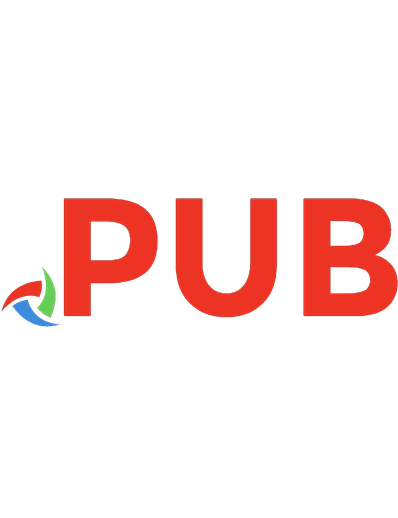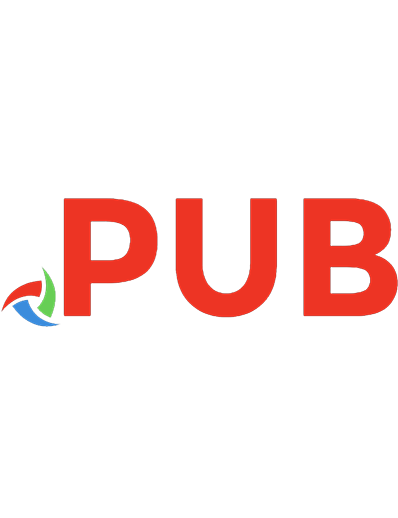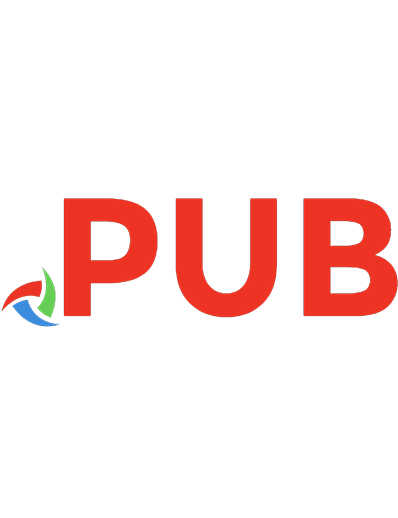AlexNet - ImageNet Classification with Deep Convolutional Neural Networks 译文
705 61 487KB
Chinese Pages [20] Year 2018
Polecaj historie
Citation preview
ImageNet Classification with Deep Convolutional Neural Networks Alex Krizhevsky, Ilya Sutskever, Geoffrey E. Hinton
翻译:莫天池 版本号:V1.0.0 2016 年 3 月
ImageNet Classification with Deep Convolutional Neural Networks Abstract
摘要
We trained a large, deep convolutional neural 我 们 训 练 了 一 个 大 型 深 度 卷 积 神 经 网 络 来 将 network to classify the 1.2 million high-‐resolution ImageNet LSVRC-‐2010 数据集中的 120 万张高清 images in the ImageNet LSVRC-‐2010 contest into 图片分到 1000 个不同的类别中。在测试数据中, the 1000 different classes. On the test data, we 我们将 Top-‐1 错误(分配的第一个类错误)和 achieved top-‐1 and top-‐5 error rates of 37.5% Top-‐5 错误(分配的前五个类全错)分别降到了 and 17.0% which is considerably better than the 37.5%和 17.0%,这比之前的技术水平要好得多。 previous state-‐of-‐the-‐art. The neural network, 这个神经网络拥有 6 千万的参数和 65 万个神经 which has 60 million parameters and 650,000 元,共有五个卷积层,其中一些卷积层后面跟着 neurons, consists of five convolutional layers, 最大池化层,还有利用 softmax 函数进行 1000 类 some of which are followed by max-‐pooling 分类的最后三个全连接层。为了让训练速度更快, layers, and three fully-‐connected layers with a 我们使用不饱和【?】神经元,并利用高效的 GPU final 1000-‐way softmax. To make training faster, 实现卷积操作。为了减少全连接层的过拟合,我 we used non-‐saturating neurons and a very 们采用了一种最近研发出来的正则化方法—— efficient GPU implementation of the convolution “DROPOUT”,它被证明十分有效。我们也在比 operation.
To
reduce
overfitting
fully-‐connected
layers
we
in
the 赛 中 加 入 了 这 一 模 型 的 一 个 变 体 , 第 二 名 的
employed
a 26.2%相比,我们通过将 TOP-‐5 错误降到了 15.3%
recently-‐developed regularization method called 而获胜。 “dropout” that proved to be very effective. We also entered a variant of this model in the ILSVRC-‐2012 competition and achieved a winning top-‐5 test error rate of 15.3%, compared to 26.2% achieved by the second-‐best entry. 1 引言
1 Introduction
Current approaches to object recognition make 最近的物体识别方法都应用了很重要的机器学习 essential use of machine learning methods. To 方法,为了提高他们的表现,我们可以收集更大 improve their performance, we can collect larger 的数据集,学习训练更强大的模型,并用更好的 datasets, learn more powerful models, and use 技术来避免过拟合。直到最近,有标签的数据集 better techniques for preventing overfitting. Until 都是相对较小的,一般只有万张的数量级(比如 recently, datasets of labeled images were 【16,8,9,12】)。单一的认知任务可以在这个 relatively small — on the order of tens of 数量级的数据集上得到很好地解决,特别是当其 thousands
of
images
(e.g.,
NORB
[16], 通过标签保存变形技术被放大的时候。比如,现
Caltech-‐101/256 [8, 9], and CIFAR-‐10/100 [12]). 在在 MNIST 数据集上最低的数字识别错误率已经 Simple recognition tasks can be solved quite well 接近了人类的认知水平(










